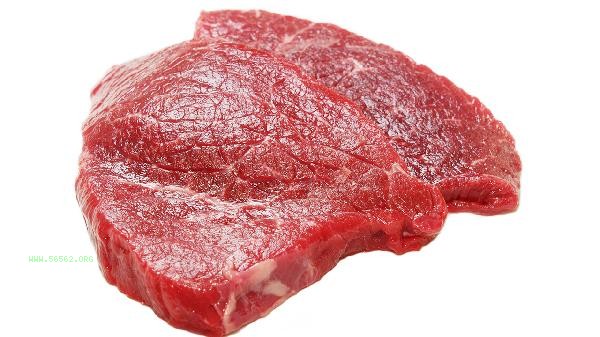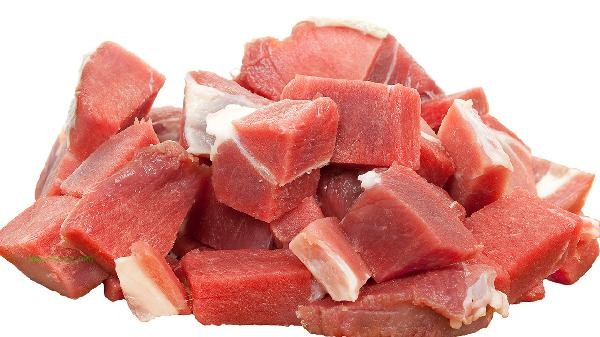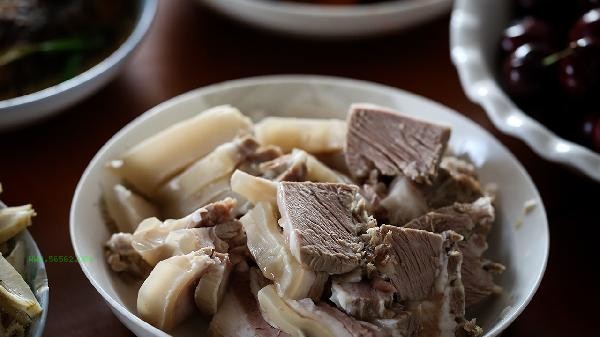Moderate consumption of beef or mutton can supplement nutrition for menopausal women. Beef is more suitable for people with iron deficiency anemia, while mutton is more beneficial for those who are afraid of cold. The protein content of the two types of meat is similar, but there are differences in fat types and trace element distribution. Beef has a higher myoglobin iron content and better absorption rate than plant-based iron sources, which is helpful in preventing common iron deficiency anemia during menopause. The proportion of monounsaturated fatty acids in its fat is relatively high, and moderate consumption has a smaller burden on cardiovascular health. Beef is rich in zinc, which helps maintain skin elasticity and immune function, but attention should be paid to the high cholesterol content in the tendon area. Lamb is a warm and nourishing food ingredient, and its L-carnitine can promote fat metabolism, making it suitable for people with decreased metabolic rate during menopause. Its iron element exists in the form of heme iron, and when combined with vitamin B12, it can improve blood deficiency symptoms. Lamb meat has a high degree of fat saturation, and people with high blood lipids should control their intake. When cooking, it is recommended to pair it with cool vegetables such as white radish to balance warmth and dryness.

Menopausal diet should focus on diversification, and it is recommended to alternate between consuming beef and lamb, with a total weekly intake controlled at 300-500 grams. Prioritize lean meat parts and use low-temperature cooking methods such as stewing to reduce nutrient loss. Pairing dark vegetables with whole grains can increase iron absorption while ensuring 30 minutes of aerobic exercise daily to promote metabolic balance. If there is high uric acid or chronic kidney disease, it is necessary to adjust the type and frequency of meat intake under the guidance of a doctor.






Comments (0)
Leave a Comment
No comments yet
Be the first to share your thoughts!